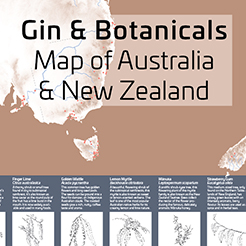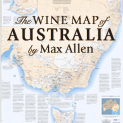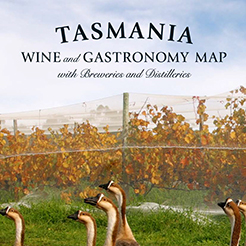Over the last decade we have lobbied for and seen a boom in the availability of Open Data in Australia. In 2007 Martin presented a talk to the global map industry association about the value of free and freely available open data, lamenting the low number and high cost of government data online. At the time, eight Australian government agencies had made data available through the Australian Government Spatial Data portal; today there are 3,745 data sets from 144 government agencies on data.gov.au. We’ve come a long way.
In 2001, according to Wikipedia, the Australian Department of Health and Aged Care launched The National Public Toilet Map. It was one of the first efforts to make an online resource about public toilets available on the internet.
In 2006 when we asked if we could have access to the data for a tourism-focused map, we were told that that wasn’t possible. We might not represent the data correctly. The Department didn’t gain the trust of data providers only so that they could provide information to the private sector.
But why would you not want this great information available to people traveling around, we asked? If we agree to give credit to the Department of Health and Ageing for the data and even add a few words about the valuable online service, why would you not want your target audience to benefit from finding your good data on others’ maps? The attitude was very different to what we were used to coming from the United States, where the Constitution itself spells out the origins of freely-available –and, incidentally copyright-free– government data. Specifically, the highest law of the land in the USA protects the people from being taxed twice, meaning the government can’t charge for data that was collected with funds from coffers filled by US tax payers.*
Thankfully the Open Data trend has matured and it is now rolling with the momentum of a freight train. The NPTM data are freely available to anyone at data.gov.au. This is good news to private-sector data and map publishers who can add value to their products, to the providers of the data to the NPTM who are seeing more feedback to their data thanks to a broader audience, and of course to the estimated 3.8 million Australians affected by incontinence. Also on board the Open Data train are nearly 4000 other data sets that will drive innovation, leverage knowledge, and encourage transparency in government.
Incidentally, a toilet map is a natural supplement to a beer map. The orange symbols on the map represent breweries. The data are provided by VineFinders, keepers of the most detailed database available of breweries, vineyards, wineries, and distilleries in Australia and our partners in Australian Wine Maps.
The purple dots represent the locations of public toilets. The data are copyright The Commonwealth of Australia and are used by permission under Creative Commons Attribution 3.0 Australia licence. The Department of Health and Ageing does not guarantee, and accepts no risk in respect of, the accuracy, currency or completeness of this map. Data accessed from data.gov.au on 29. August 2014.
And there’s the rub. The data are valuable and even if there are some errors, the department now agrees it’s OK to release the information. On behalf of map makers, app developers, and holiday makers, thank you.
*We’re not lawyers, of course, but that’s our understanding of the law.









